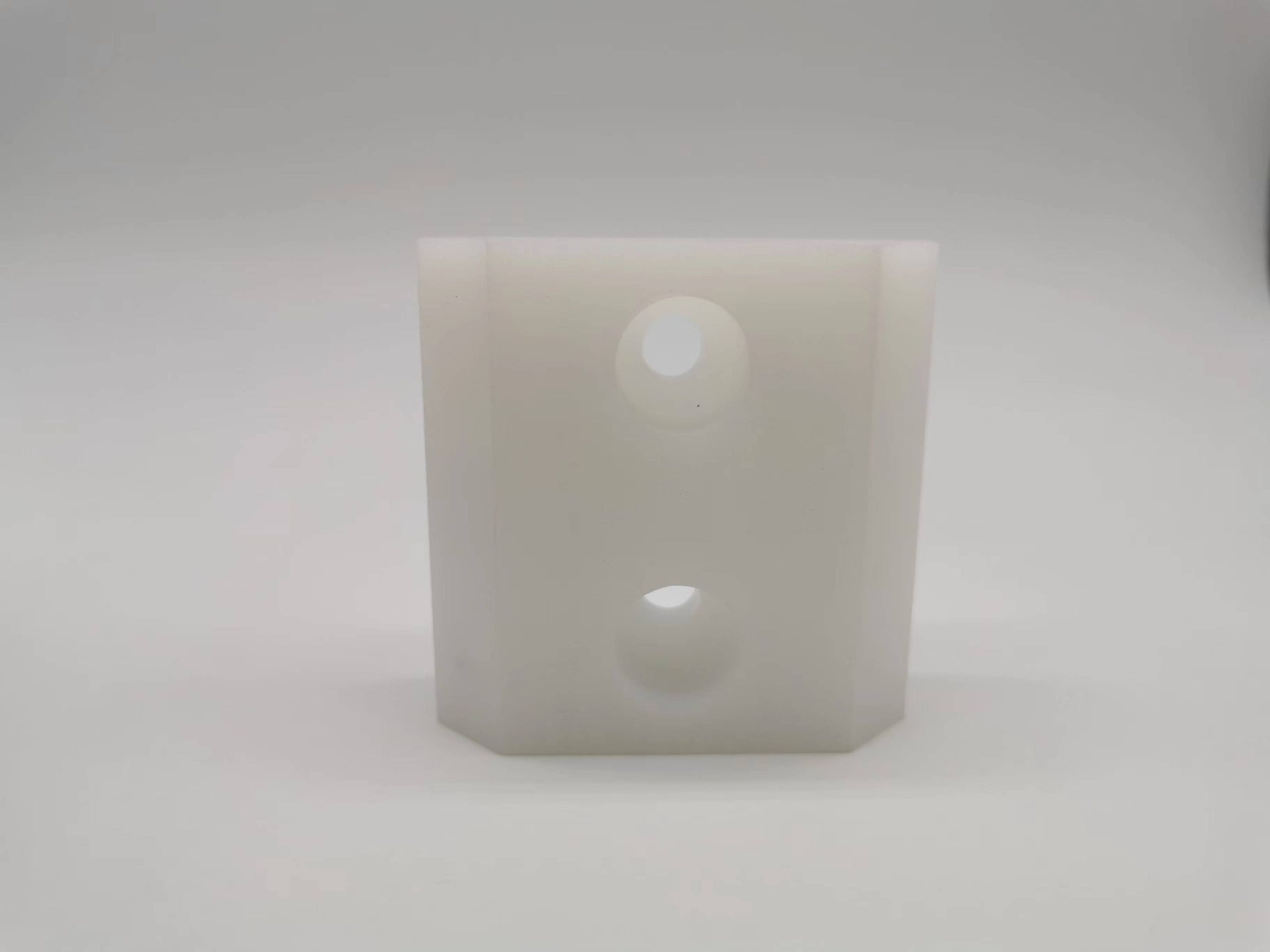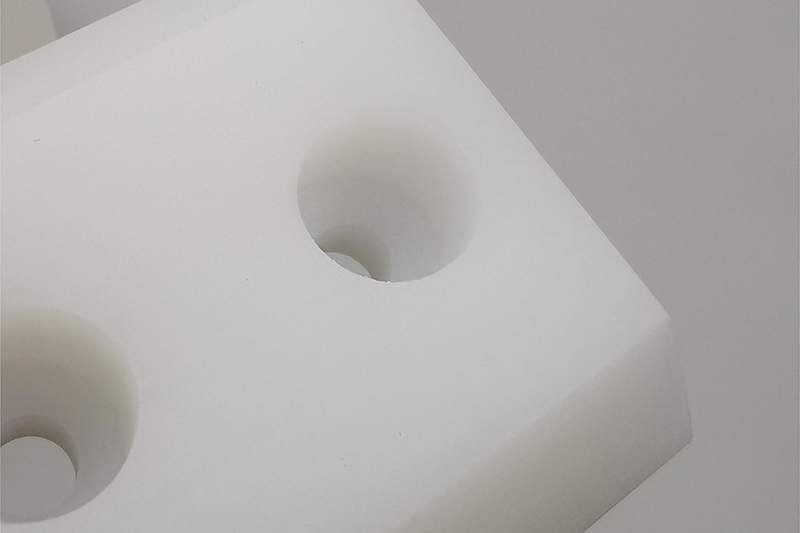- Capabilities
-

CNC Machining
Tight tolerance and 20+ finishes 3, 4 , 5 axis, as fast as 2 days -

Sheet Metal Fabrication
High-precision, on-demand sheet metal cutting and bending. -

3D Printing
SLA, SLS,MJF,SLM, FDM 3d printing with post treatment. -

Vacuum Casting
Production quality parts without the tooling investment.
-
- Solutions

Rapid Prototyping
Fastest lead time of high-quality prototypes at minimal cost.

Low Volume Production
From one-off prototyping to low-volume production.

Mechanical Assembly
Custom assembly for project-specific needs.

Custom Package
Ready to help you prompt your brand.
- Sources

Materials
Select from 100 more types of metals and plastics.

Finishes
Select from 20 more types of surface fishes.

Industries
Providing precision machining and manufacturing solutions.

Cases
How we assist our clients in bringing their projects to fruition.
- Company

Quality Assurance
Consistent quality, every time.

About Us
Your go-to manufacturer for custom parts.

Newsroom
Learn updated news about ECOREPRAP.
Home > CNC Machining Materials > Plastics > PE
CNC Machining Materials
HDPE CNC Machining
Polyethylene (PE) is a thermoplastic with a high strength-to-weight proportion, great effect toughness, and exceptional climate resistance.
All uploads are secure and confidential
HDPE CNC Machining
Polyethylene (PE) is a common plastic material made from the polymerization of ethylene particles. It has a high strength-to-weight ratio, good impact stamina, and excellent climate resistance.
PE is available as high-density polyethylene( HDPE) or low-density polyethylene( LDPE).
LDPE is unsuitable for CNC machining due to its reduced density and low strength.
HDPE has high tensile toughness and high thickness. It is a reasonably rigid plastic with a very crystalline structure; CNC machining in HDPE is similar to other engineering plastics.
UHMWPE (Ultra-High Molecular Weight Polyethylene) is a special polyethylene with an incredibly high molecular weight.
UHMWPE has exceptional residential or commercial properties in wear resistance, impact resistance, chemical stability, and electric insulation, which have led to its extensive usage throughout different industries.
UHMWPE CNC machined parts resemble those of other design plastics.
HDPE CNC components are generally for piping and packaging. UHMWPE CNC components are typically for food processing devices, conveyor lines, gears & bearings, pistons & shutoffs, and marine equipment.

PE Properties
| Ultimate tensile strength | Yield strength | Young’s modulus (modulus of elasticity) | Elongation at break | Hardness | UV resistance | Application | ||
| HDPE | 22.1 – 31 MPa | 26.2 – 31 MPa | 1.07 – 1.09 GPa | 500 – 700 % | 7.9 – 9.9 HV | Moderate | Piping Packaging | Learn More |
| UHMW-PE | 38.6 – 48.3 MPa | 21.4 – 27.6 MPa | 0.894 – 0.963 GPa | 200 – 500 % | 3.4 – 8.3 HV | Good | Food processing equipment Conveyor lines Gears & bearings Pistons & valves Marine equipment | Learn More |
PE CNC Machining Surface Finishes
PE CNC Machining Gallery
Cost-saving Design Tips
CNC machining in HDPE can create lightweight and low-cost components. Below are some extra cost-saving suggestions to make production more affordable.
1.Sub Assemblies
HDPE is acquired as sheet or bar supply in varying sizes. Creating components as separate components that can after that be put together right into the final whole is frequently a good idea. As stated above, HDPE does not function well with adhesives but can be welded. Alternatively, mechanical bolts can be used to screw parts together.
2.Annealing
HDPE is prone to establishing surface fractures when revealed to the warmth and stress of machining. Annealing HDPE will assist in avoiding cracks that may make the component pointless.
FAQs
Ultra-High-Molecular-Weight Polyethylene (UHMW) is a great material for machining. A hard plastic with a slippery surface, it is resistant to abrasion and wear, and allows for an extended equipment life which helps cut maintenance costs. It provides high-impact strength and is the optimal material for machine guards and chute/hopper liners. UHMW machined parts will outwear all other materials like metals, nylons, or fluoroplastics.
CNC Machining is the primary method used to fabricate parts from UHMW. Material made from UHMW can be milled, turned, sawed, drilled, planed, drilled, welded and stamped. Tools should be kept sharp to get the highest quality surface results. UHMW products can also be machined to a high quality finish on the lathe utilizing high speed, light metal working machines.
UHMW is flexible enough to perform well in both wet and dry environments. UHMW can be bent sufficiently to accomplish flexibility required for installing parts.
Although UHMW and Teflon (also known as PTFE) are similar, they have some key differences. Teflon is more expensive than UHMW and can only handle about 20% of the load that UHMW can. Both have a low coefficient of friction, but Teflon is more slippery. Overall, UHMW has far better wear properties than Teflon, but Teflon can withstand 4X the temperature that UHMW can during continuous operation.

























